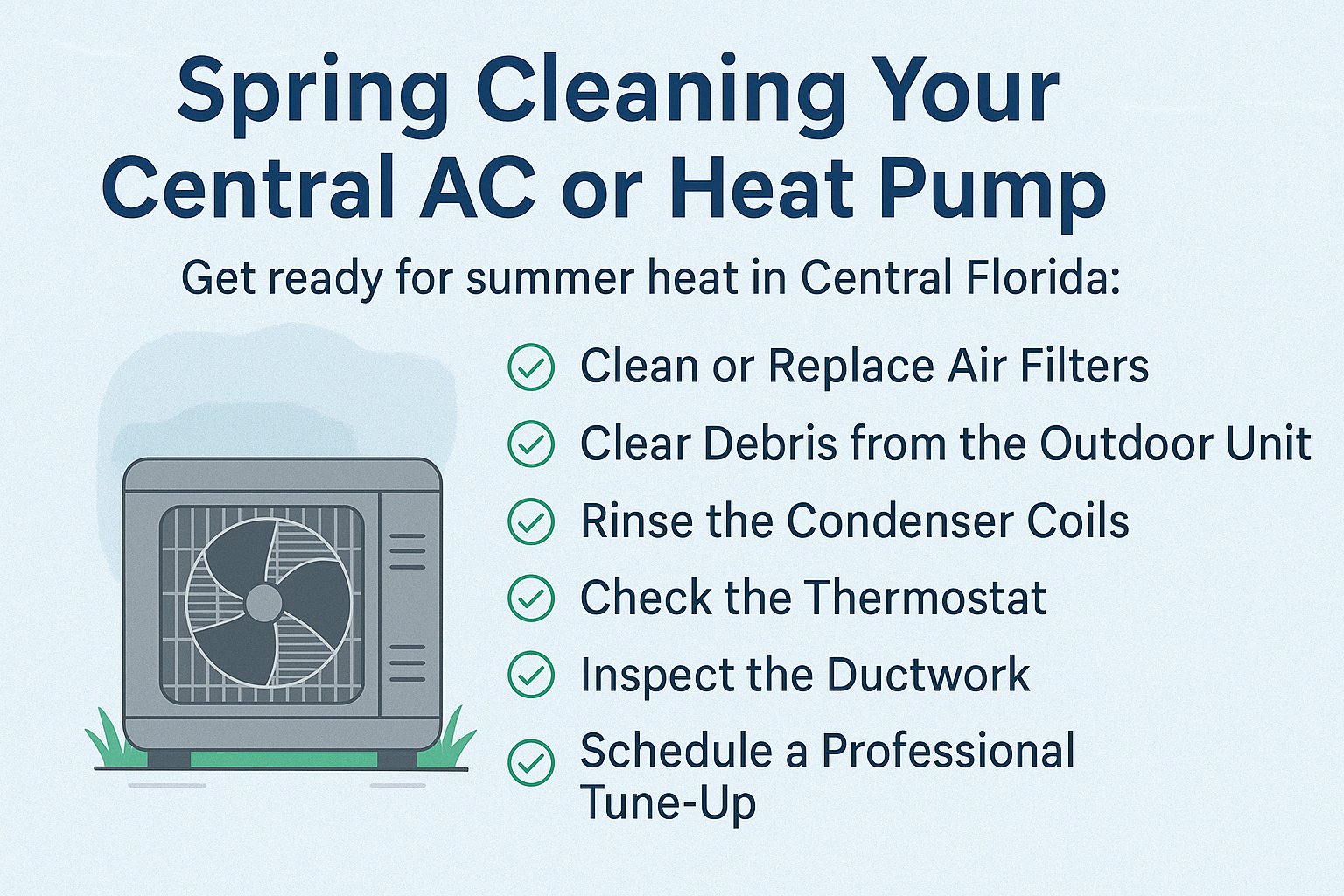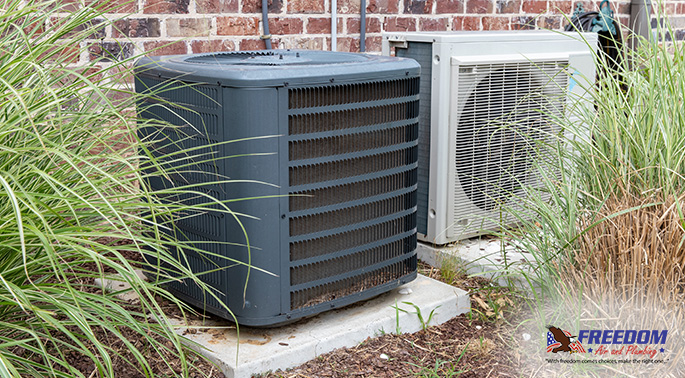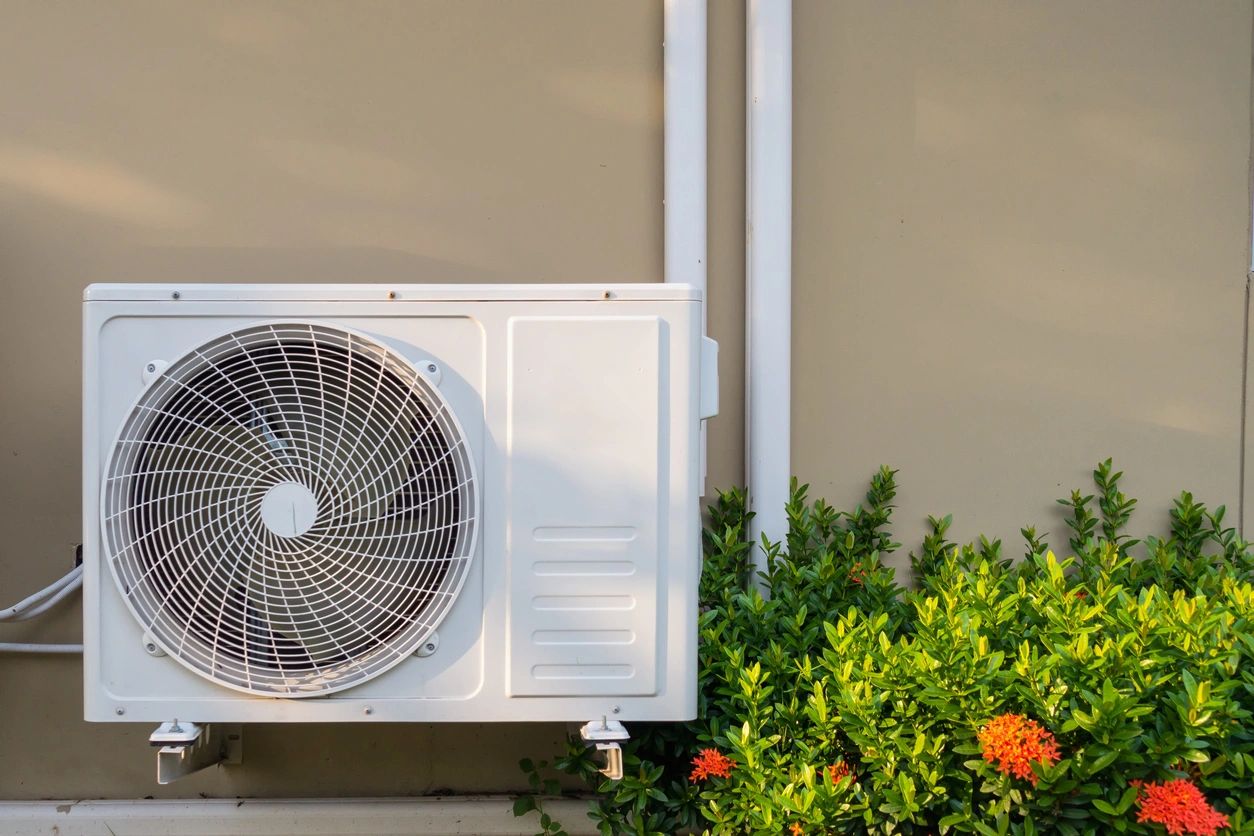It’s no secret that Florida summers are insanely humid. In fact, the humidity levels in our great state usually persist throughout the year, making indoor humidity a daily reality for most homeowners. Are you battling with humidity in your home? Well, the knowledgeable team at Freedom Air and Heat is here to tell you how to manage indoor humidity, so you can stay cool year-round!
Track Your Home’s Humidity Levels
Assuming you don’t have a sixth sense for sensing shifts in humidity, you will need to develop a method for gauging the levels in your home. Luckily, there are many simple and effective ways to measure and track your indoor humidity levels, some of which are:
1. Look for Visible Signs
Perhaps the simplest way to gauge indoor humidity levels in your house is with the visible indicators. These include excessive fogging and condensation on windows, mirrors, walls, or floors. Furthermore, any mold or mildew growth is a dead giveaway that your humidity levels are too high.
2. Watch for Increased Static Electricity and Dry or Cracked Mill Work
In cases of humidity levels that are too low, you can experience increased static electricity and dried or cracking paint and caulk. Also, your electronics can become damaged and your skin can become dry and irritated.
3. Invest in a Hygrometer
As a device to measure humidity levels, a hygrometer is available in two varieties:
4. Dry and wet bulb psychrometer
With two mercury thermometers, one with a wet bulb and one with a dry bulb, this is the simplest and most common device for measuring humidity. When water on the wet bulb evaporates, the temperature reading drops. As a result, the wet bulb shows a lower temperature than the dry bulb. Then, the humidity level is calculated by comparing the temperature of the dry bulb to the temperature difference between the two thermometers. Not only is this an easy-to-use device, but it can be purchased for less than $10 online.
5. Mechanical hygrometer
Unlike the easy-to-use dry and wet bulb psychrometer, a mechanical hygrometer uses a slightly more complex system. This system involves holding organic material, typically human hair, under tension created by a spring that is linked to a needle gauge. Once the tension is applied by the spring, the needle gauge indicates the humidity level by how the hair moves. Although this device is not used as commonly, it certainly helps explain why humidity lends itself to bad hair days!
6. Purchase the Awair Glow Device
Not only does this device offer an easy way to measure humidity but can also be a solution to neutralize low humidity levels in your home. You can plug the Awair Glow device into a humidifier, so it can automatically click on when humidity levels drop too low. In addition to measuring the humidity levels, this device can also measure the temperature and levels of carbon dioxide, dust, and toxic chemicals in your indoor air.
How to Manage Indoor Humidity
Now that you know how to gauge the levels of humidity in your home, you can explore your options for managing these levels. That being said, the management methods for indoor humidity will depend upon the nature of your humidity imbalance. Therefore, we are going to share our pro tips for managing low and high indoor humidity.
How to Manage Indoor Humidity Levels That Are Too Low
If you struggle with annoying static electricity, dry skin, and cracking wood floors and mill work in your home, you probably need to increase your indoor humidity. Here are some ways to humidify your home:
1. Add a Humidifier to Your Home
When exploring humidifier options for your house, you will likely come across three major types of systems:
-
Natural Evaporation
As an entirely expense-free way to add moisture to your indoor air, you can try the natural evaporation method. This involves placing a bowl of water on top of or next to your heating system, allowing the water to heat, evaporate, and release moisture into the air. If you don’t mind investing a little money into this method, you can even purchase some chic containers that are made specifically for this purpose. Another natural evaporation method is killing two birds with one stone by opting to hang-dry your clothes and towels on a clothesline in your home.
-
Portable/Single-Room Humidifier
Second on our list of humidifiers and perhaps the most common device is a portable or single-room humidifier. Depending upon your needs and preferences, you can either use a cool mist or warm mist humidifier. While a cool mist humidifier is ideal to use in the warmer months and springtime to alleviate asthma and allergy symptoms, a warm mist humidifier is a great option for cold weather months. Because many warm mist humidifiers come with medical cups that can be filled with inhalant to soothe cold and flu symptoms, these are handy devices to have around during winter months.
-
Whole-Home Humidifier
Arguably the best humidity system is a whole-home humidifier. Although it is a much larger investment, the long-term payoff of having humidity control over your entire home can be entirely worth the upfront costs. Furthermore, whole-home humidifiers work in tandem with your heating system to create the most balanced and consistent climate throughout your home.
2. Upgrade to a WiFi Thermostat
One of the most exciting new technologies in the HVAC industry right now is the WiFi thermostat. With this system, you can control all aspects of humidity levels, temperature, and air purification of your indoor air with the touch of a button on your smart device. Working in tandem with any type of whole-home humidifier, you can control multiple devices connected to your HVAC system with one easy-to-use app. Furthermore, this system enables you to maintain control over your home’s heating and cooling settings remotely.
How to Manage Indoor Humidity Levels That Are Too High
If you find yourself entangled in a daily battle with condensation and fog building up on your windows, mirrors, walls, and doors, you probably have excessive indoor humidity. Not only can this cause water damage, but it can lead to major mold problems. Luckily, there are plenty of dehumidifying methods you can try, such as the following:
1. Turn Off Your Humidifier
First of all, make sure your humidifier is turned off. This may sound like a solution too obvious to be worth mentioning. However, many homeowners with whole-house humidifiers can often forget to turn them off when humidity levels rise too high. Therefore, if you do have a whole-home humidifier built into your HVAC system, be sure to turn it off if your indoor humidity gets out of hand.
2. Invest in a Dehumidifier
Secondly, you can look into different types of dehumidifiers for your home. Ranging from portable devices to whole-home installations, dehumidifiers come in all different shapes and sizes. Additionally, we recommend purchasing dehumidifiers to be used exclusively for your basement during the summer.
3. Use Your Exhaust Fans
Another simple solution to balance an overly-humid home is using your exhaust fans. This means using them to ventilate your bathroom every time you shower and turning exhaust fans in your kitchen on every time you cook. If you do not have exhaust fans, you can always open windows to help ventilate your home and keep dry, fresh outside air circulating during these activities.
4. Modify Some Daily Habits
In addition to using your exhaust fans, you can switch up some daily habits to aid in ventilation. This can include cooking with covered pots, taking shorter showers or baths with cooler water, or venting your clothes dryer directly to the outside. Moreover, you can even reduce the number of house plants you have inside or switch them out with other plants that can soak up excess moisture from the air. For the most effective removal of excess indoor moisture, consider purchasing the following plants:
- Aloe
- Cactus
- Tillandsia
- Peace Lilly
- Orchid
- Spider Plant
- Palm
- Boston Fern
- English Ivy
5. Use an Energy Recovery Ventilator
Although the increasingly tighter construction in homes has helped save energy by eliminating air leaks, it has also led to the issue of excessive moisture. With an energy recovery ventilator, you can exchange that moist air with clean, dry air to reduce the humidity levels in your home.
Let Freedom Air and Heat Join the Fight!
Whether you are battling low or high humidity levels, the team at Freedom Air and Heat is ready to join the fight with the best solutions for you and your home! If you are ready to take the next steps toward more balanced indoor air, call us today at 321-631-6886 or chat with us on our website!








